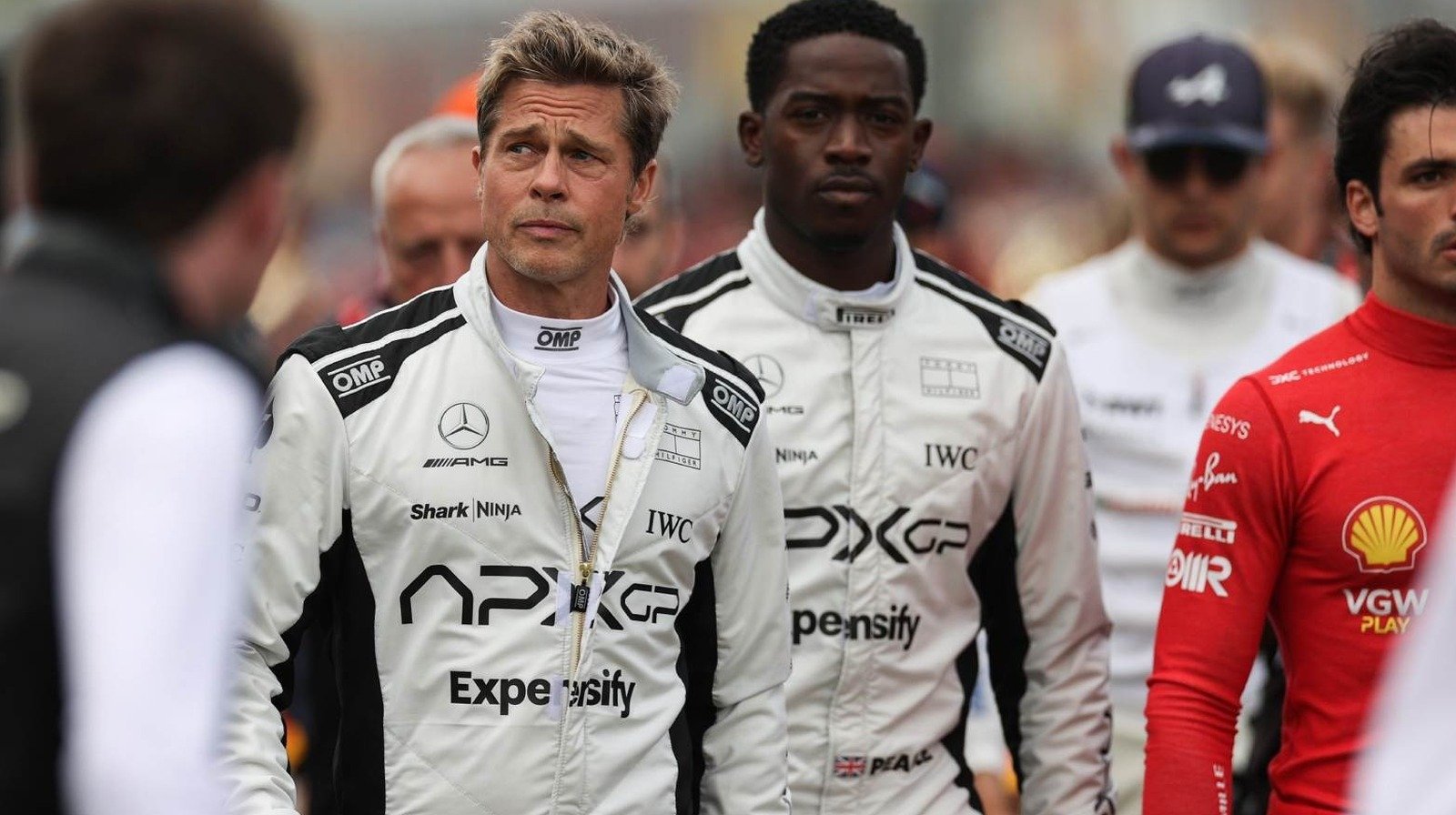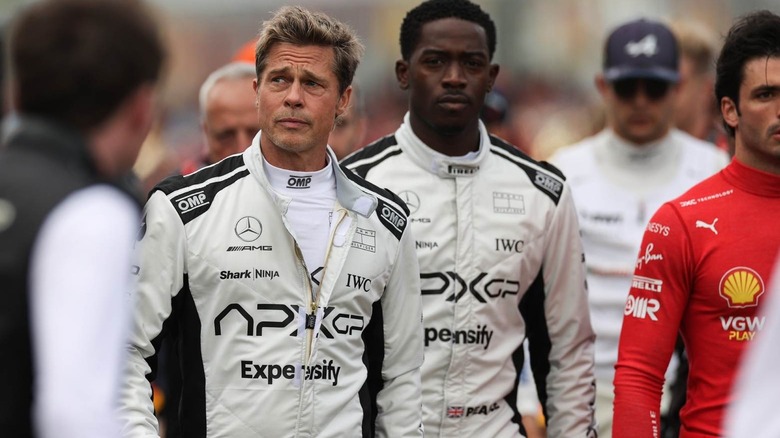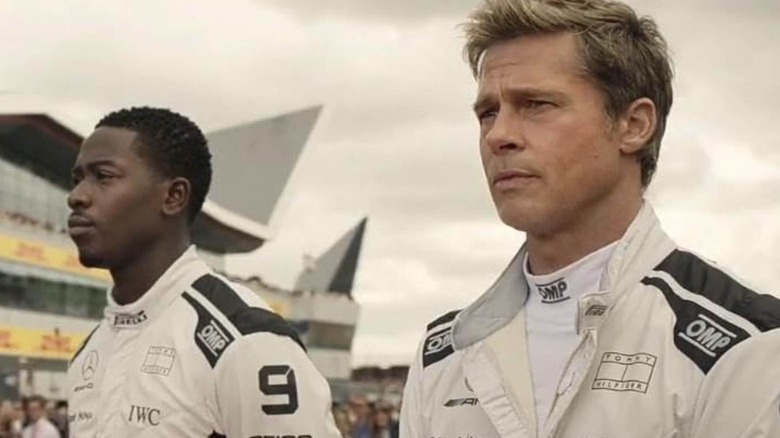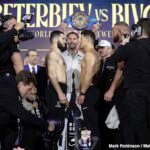After spending so much time in the danger zone, “Top gun: Maverick” director Joseph Kosinsky should be able to switch from wings to wheels with his new movie “F1” that looked like “Top Gun: Maverick” but in the carIn the upcoming movie, Brad Pitts considers Down and Out racing, who collaborates with “Snowfly” star Damson Idris’ hot shot to win the race against sports titans demanding that the actors spend a lot of films on the track. In this case, it meant a live racing track with real riders and the roaring audience that watched it.
/The film visited the trailer preview of the new movie earlier this week, where the director revealed how every second counted their stars on the track and outside the film, filming the fast -order sequences shown in the new material. “We couldn’t just shoot on the track if the race was going on. It would have been wrong dynamics. So we were actually there at the weekend, watching hundreds of thousands of people watching us, finding this slots between practice and qualifying that Formula 1 was kindly given to us,” Kosinski explained.
From there the race took place. “So we would get these 10 or 15 minutes of slots where we should be Brad and Damson ready in cars, warmed with hot tires ready to go, and as soon as the practice ended, they pulled the track.” On the way, there was one thing, but then came, filming a high-speed race in a whole new way-and doing it at 180 miles per hour.
Joseph Kosinsky performed training from Top Gun: Maverick to F1
Even after using up to 27 cameras, filming “Top Gun: Maverick” gathering 800 hours shotsJoseph Kosinsky still faced the restrictions he hoped to beat with “F1”. “I think we had to develop a brand new camera system that takes into account everything we learned about the” top gun: maverick “and push it much further,” he said. “You can’t put a 60 pound gear for a racing car and wait for it to work the same way.”
Fortunately, in collaboration with Sony, Maverick used cameras were broken to a quarter of the original size to adjust to the new journey they were fastened. From there, the crew was able to operate and move cameras by photographing motorized fasteners (something is impossible to “top gun: Maverick”), allowing Kosinski to perceive a greater range of movements as cars crawled around the track. “I’m sitting at the base station with our cinematographer Claudio (Miranda) looking at 16 screens. I have camera operators on camera controls and (I) called camera movements as a live television show while they take pictures.”
With these achievements, they not only broke new land, but also burned the rubber on it. “As many studies, as well as technology and development, just to be able to roll the frame frame, in addition to training of actors and shooting logistics in a real race,” said Kosinsky. “So it was a lot of preparation to be able to pull it out.” Given the small ones, when they had the windows of the shots, the intense pressure to get what they are at these moments, the actors actually ride a funny speed on real paths, and doing all over 100,000 people in the crowd, it didn’t seem hyperbolic that it was probably one of the most difficult movie films all the time. See how they did this when “F1” arrives on June 27, 2025.






